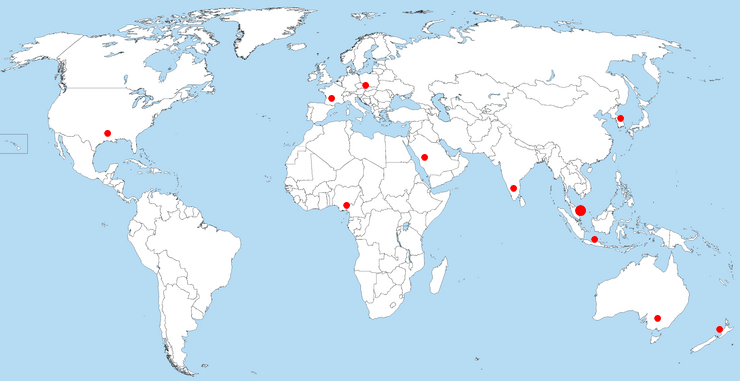IMPROVING PRODUCTIVITY THROUGH LINE BALANCING - A CASE STUDY
Keywords:
Productivity improvement. Line balancing, Simulation.Abstract
This paper describes a Clue study conducted at a man.ufacturing company (limed at improving
productivity using tine balancing. Two alternatives were generated using different assignment
rules. However selection of the most suituhle alternatives cannot be made based on line
balancing alone as they appear similar based on line balance loss. Thus the robustness of the
alternatives were tesled and evaluated using a 16 factorial ANOYA. Selection of rhe mosr
suitable solution is then made based on these results.
References
Baines, A., 1997, "Productivity measurement and reporting", Work Study 46(5), PP. 160-161.
Jonsson, P. and Lesshammar, M., 1999, "Evaluation and improvement of manufacturing perfonnance measurement systems - the role of OEE', International Journal of Operations and Producti on Management 19(1), PP. 55-78.
Daniels,S., 1997, "Back to basics with productivity techniques", Work Study 46(2), PP. 52-57
Craig. C.E. and Harris, R.c., 1973, "Total Productivity Measurement At The Firm Level", Sloan Management Review, PP, 13-28.
Krajewski, L.J. and Ritzman L.P., 1998, "Operations Management : Strategy and Analysis". Addison-Wesley.
Johnson, R.V., 1983, "A Branch And Bound Algorithm For Assembly Une Balancing Problems With Formulation Irregularities ", Management Science, PP. 1309-1324 .
Hoffmann, T.R., 1990, "Assembly Line Balancing: A Set Of Challenging Problems", International Journal of Production Research, Vol. 28, PP. 1807-15.
Mitra, A., 1993, "Fundamental of Quality Control and Improvement", New York, Macmillan,
Downloads
Published
How to Cite
Issue
Section
License
Copyright of articles that appear in Jurnal Mekanikal belongs exclusively to Penerbit Universiti Teknologi Malaysia (Penerbit UTM Press). This copyright covers the rights to reproduce the article, including reprints, electronic reproductions or any other reproductions of similar nature.







